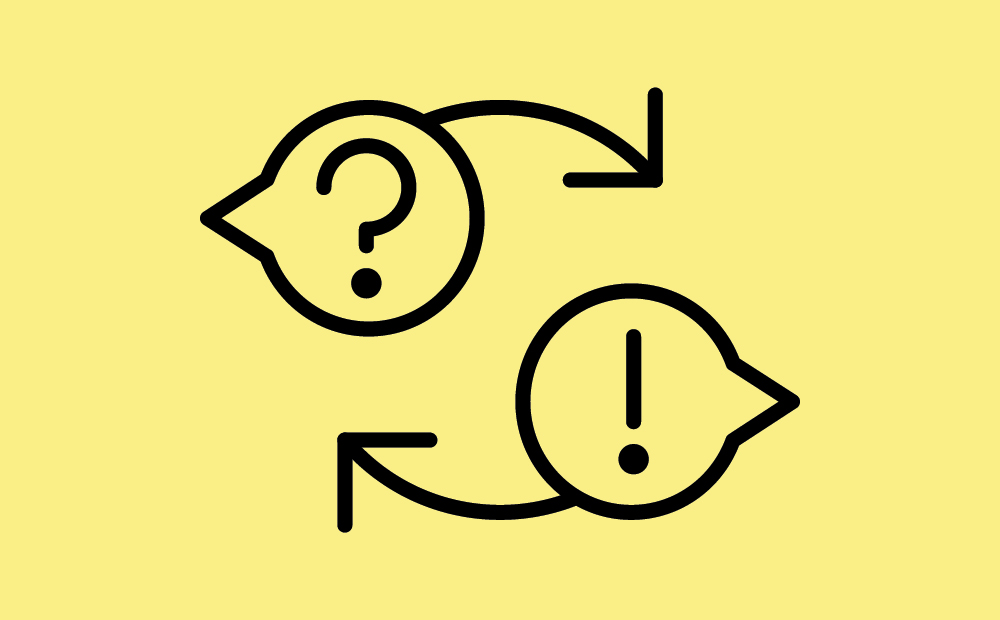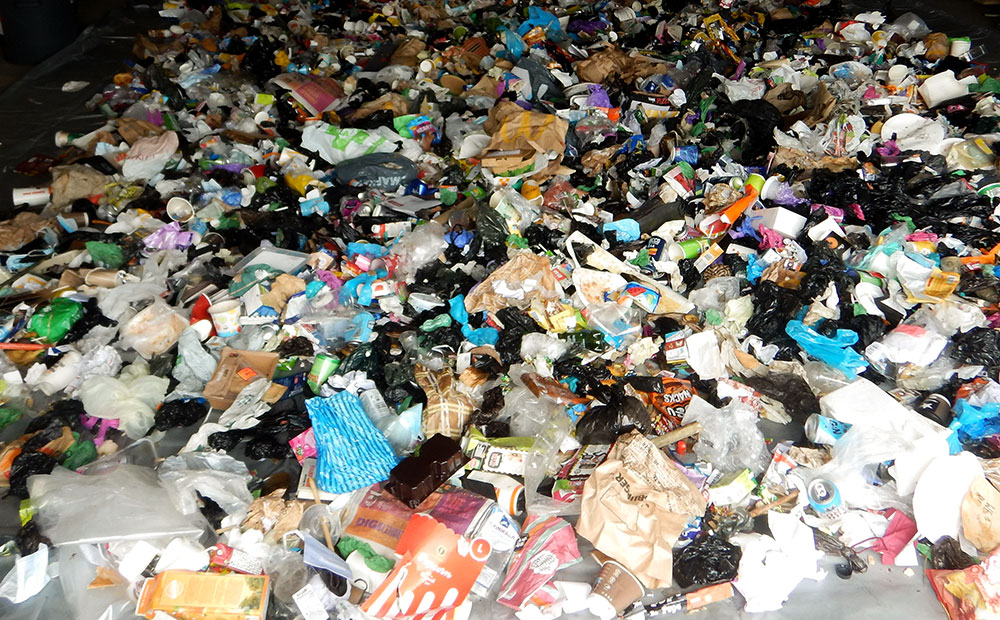Six questions about the study on the share of SUP items in collected litter

Why was the study on the composition of litter carried out?
The composition study examines the share of certain single-use plastic items in litter found in areas for which municipalities are responsible, such as streets, parks and beaches.
What types of packaging are considered single-use plastic products that belong to the scope of the SUPD?
SUP packaging is certain single-use plastic containing ready-to-eat food packaging, certain beverage packaging and cups for beverages with their caps and lids as well as plastic bags offered to consumers at the point of sales.
Why is it important to determine these figures?
Companies with producer responsibility have to cover the costs of waste management operations and removal of certain single-use plastic items from municipal public areas. The liability of producers to pay for packaging and tobacco products that contain single-use plastic has been in force since the beginning of 2023.
The single-use plastic regulations took effect as a result of the revised Waste Act enacted by Parliament in autumn 2022, which is based on the SUP Directive. The study of litter composition was carried out to ensure the costs for SUP producers are allocated as accurately as possible.
The study was funded by the Association of Finnish Local and Regional Authorities, the towns and cities in the KEHTO forum and producers of single-use plastic products. The KEHTO forum includes the 21 largest towns and cities in Finland with the exception of Porvoo and Rauma.
How was the study carried out?
Samples of litter were collected from bins and the ground on four separate occasions in four cities, Helsinki, Turku, Lahti and Vaasa, in spring, summer and autumn of 2022. A total of 16 collections were made and 32 samples taken.
The composition of the samples was determined by manually separating the litter into predetermined categories. The composition of litter was determined on the basis of the volume collected from bins and the number of different pieces of litter collected from the ground.
What were the results of the study?
Waste subject to SUP producer responsibility accounted for approximately 46% of the volume of the litter in bins and approximately 34% of the litter collected from the ground.
Single-use beverage cups with a plastic coating (just under 9%) were the most common SUP item found in the bins, followed by soft plastic food packets and wrappers, single-use cardboard beverage containers containing plastic and hard plastic food packets (5–6% each).
The most common types of SUP waste collected from the ground were tobacco products (around 11%) and soft plastic food packets and wrappers (around 10%). The next most common types comprised just over 2% of the total waste collected.
What are the effects of the study?
The results of the study have been included in the Government Decree that determines how cleaning costs in public areas are to be allocated to companies with producer responsibility. The fees for the next three years will be collected on the basis of this study. New studies on the composition of litter are to be carried out every three years.
Read more: SUP Directive: Frequently asked questions
Article updated 17.2. Clarified the definition of SUP-products and added link to QA.
